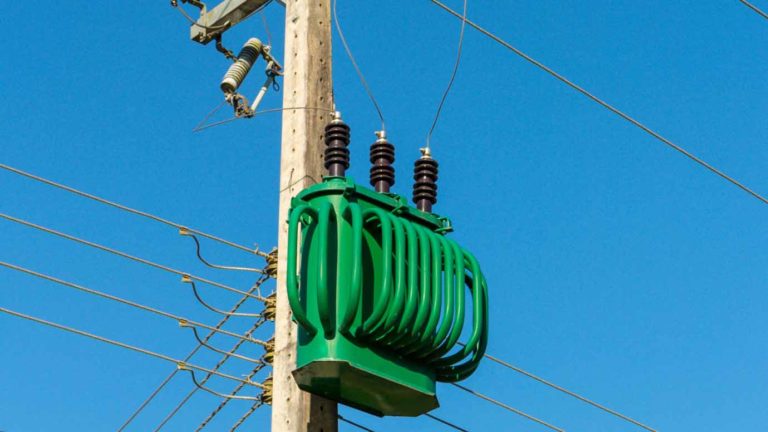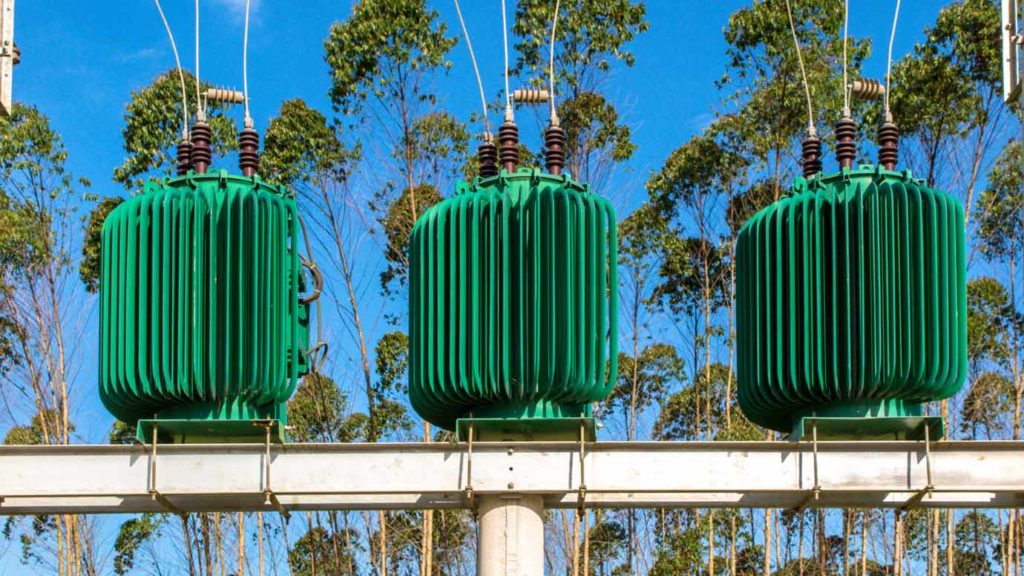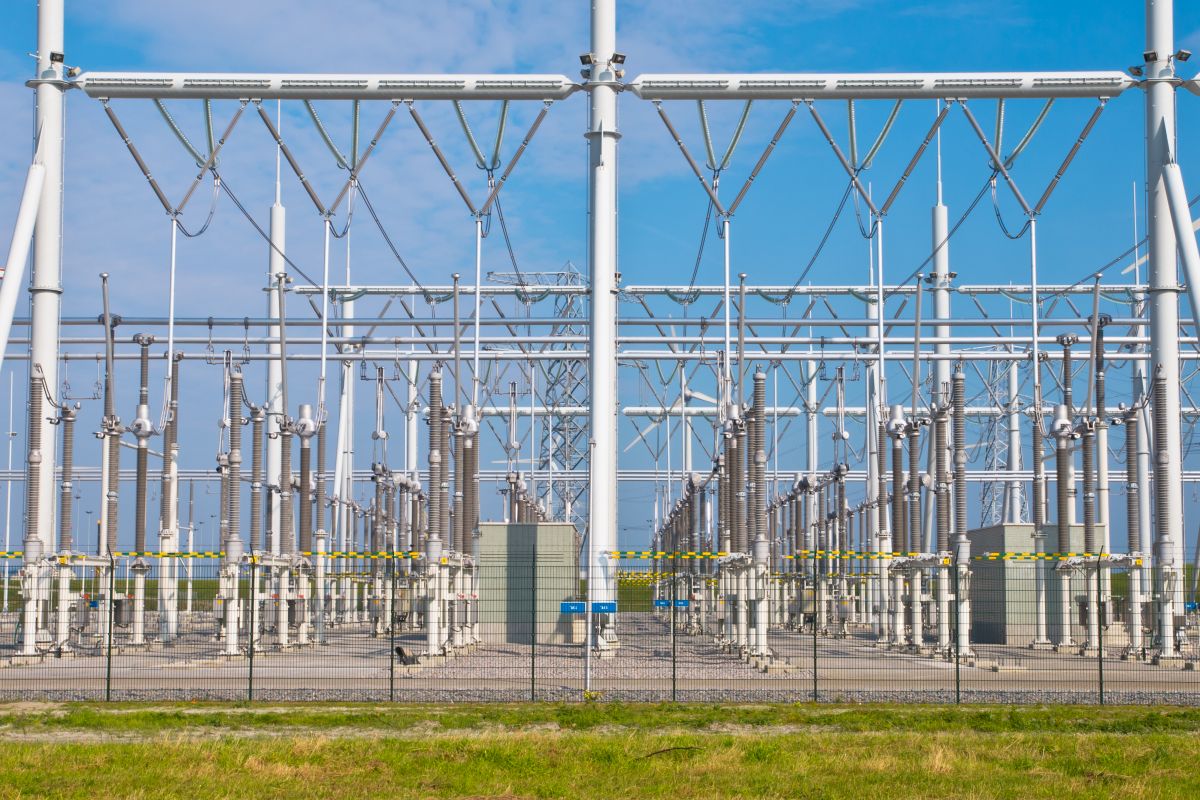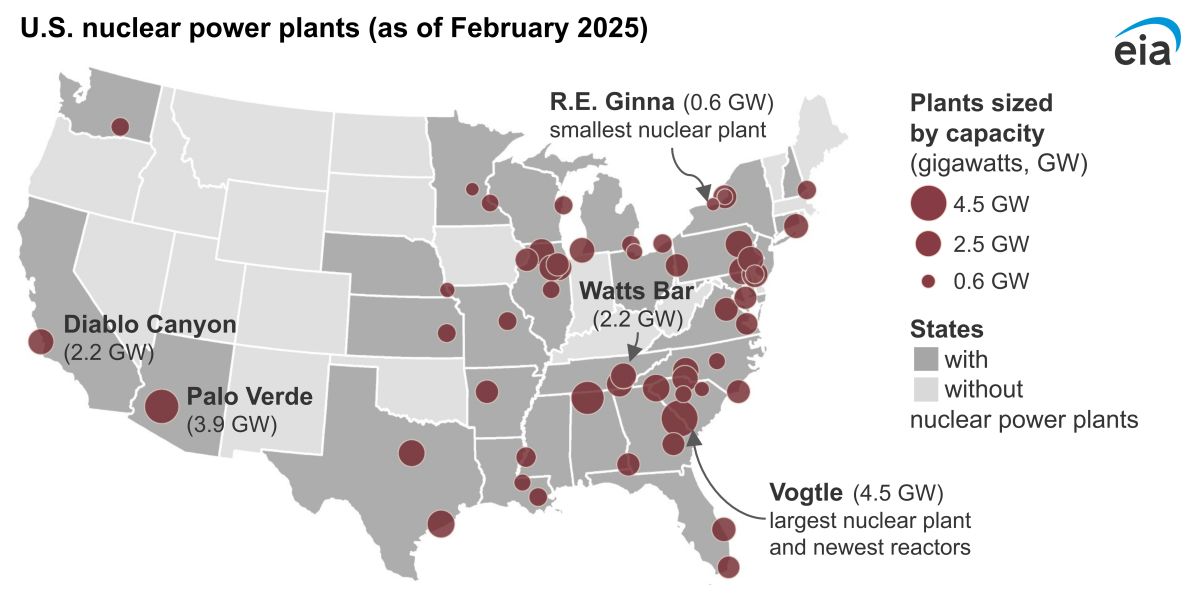New energy-efficiency standards have been proposed by the U.S. Department of Energy (DOE) for three categories of distribution transformers. The DOE efficiency standards for transformers aim to enhance energy conservation by requiring manufacturers to adopt advanced core technologies that reduce energy losses and improve overall grid performance. The new standards will improve the resiliency of the U.S. power grid, reduce domestic carbon dioxide emissions to a great extent, lower utility bills, and deliver up to $15 billion in savings to the American nation.
This proposal by DOE is a strategic step toward the diversification of transformer core technology that will help reduce costs and save energy. Most of the transformers produced under the new standards will feature amorphous steel cores, which are more energy efficient when compared to the traditional grain-oriented electrical steel. If the new rule is adopted within the timeframe proposed by DOE, it will be applied in 2027.
Enhancing Energy Efficiency with Updated Distribution Standards for Transformers
Distribution transformers can be seen on utility poles all over the country. These devices are used to lower the voltage of electric power before it reaches the consumers. Distribution transformers are purchased mainly by commercial or industrial entities and electric utilities. The current efficiency standards are geared towards three categories: liquid-immersed, low-voltage dry-type, and medium-voltage dry-type distribution transformers. DOE has proposed amending the energy conservation standards for all three categories.
According to experts, since most of the electricity produced by power plants goes through transformers, even a small improvement in efficiency can have a great impact on electricity generation and the reduction of emissions. The DOE efficiency standards for transformers are designed to enhance energy conservation by reducing power losses and optimizing grid performance. By updating distribution standards, the DOE aims to improve the reliability of the power grid while ensuring long-term cost savings and sustainability. These changes will encourage the adoption of advanced transformer technologies that contribute to a more efficient and resilient energy infrastructure.

What to Expect from the New DOE Transformer Efficiency Standards
According to DOE, if the proposed standards are finalized and adopted, they will reduce U.S. carbon emissions by 340 million metric tons in the next 30 years. It is also expected to generate more than 10 quads of energy savings and around $15 billion in savings to the nation from 30 years of shipments.
Energy Secretary Jennifer Granholm stressed that distribution transformers are a critical component of the U.S. electricity system, and the new rule is necessary to ensure that they operate “as efficiently and inexpensively as possible.” She also said that modernizing the energy conservation standards of the component would “enhance the resilience of our nation’s energy grid and make it possible to deliver affordable electrical power to consumers in every corner of America.”
Supply Chain Considerations for DOE Transformer Efficiency Standards
In the recent past, utilities warned that electrification efforts were slowing down as a shortage of distribution system transformers was depleting replacement equipment stockpiles and delaying some projects.
As the supply of traditional, grain-oriented steel tightens, DOE is focused on the production of amorphous steel, which is more energy-efficient. The proposed standards will require almost all transformers to use amorphous steel cores. Procuring adequate supplies of amorphous steel is already turning out to be a concern; however, DOE is finalizing guidelines for the implementation of the distribution transformer, as well as the extended product system rebate programs established by the Energy Act of 2020 and funded by the President’s Bipartisan Infrastructure Law.
Conclusion
The DOE transformer efficiency standards mark a significant step toward modernizing the U.S. power grid by enhancing energy efficiency, reducing emissions, and promoting sustainable transformer technologies. While the transition to amorphous steel cores presents supply chain challenges, the long-term benefits of improved grid resilience and cost savings outweigh the hurdles. As the nation moves toward electrification and a cleaner energy future, these updated distribution standards will play a crucial role in ensuring reliable, affordable, and energy-efficient power delivery for decades to come.
Disclaimer: Any opinions expressed in the blog do not necessarily reflect the opinions of Certrec. The content of this blog is meant for informational purposes only.











